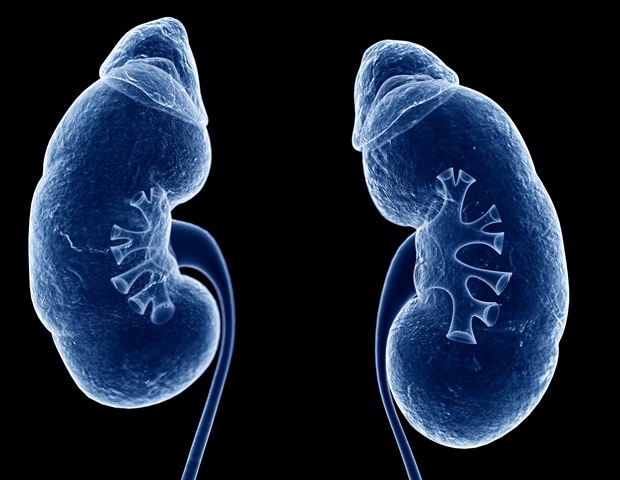Common socializing would possibly prolong the lifespan of older humans, suggests a learn about of greater than 28,000 Chinese language humans, printed on-line within the Magazine of Epidemiology & Group Well being.
Socializing just about each day appears to be essentially the most recommended for a longevity, the findings counsel.
In 2017, 962 million humans around the world have been over 60, and their quantity is projected to double by means of 2050. In consequence, really extensive consideration has concerned about the idea that of ‘lively’ or ‘a success’ ageing, the most important element of which appears to be an lively social lifestyles, notice the researchers.
However many of the proof for the well being advantages of socializing is in response to humans in Western nations, with little printed knowledge on humans in Asia.
To take a look at and plug this data hole, the researchers sought after to discover whether or not the frequency of socializing may well be related to general survival in a moderately huge workforce of older humans dwelling in China.
They drew on contributors of the Chinese language Longitudinal Wholesome Longevity Survey (CLHLS), an ongoing, potential nationally consultant learn about of older humans dwelling independently, which started in 1998.
Knowledge at the frequency of socializing handiest began being gathered in 2002, and the present learn about specializes in 5 separate waves of information assortment as much as 2018-19, involving a complete of 28,563 contributors with a mean age of 89.
Individuals have been requested how continuously they engaged in social actions: nearly each day; at least one time every week; at least one time a month; every now and then; and not. Knowledge on probably influential components used to be additionally gathered, together with intercourse, training, marital standing; family source of revenue; fruit and vegetable consumption; way of life; and deficient well being.
Survival used to be tracked for a mean of five years or till demise.
Over the primary 5 years 25,406 humans stated they did not have interaction in any social actions; 1379 reported doing so on occasion; 693 at least one time a month; 553 at least one time every week; and 532 nearly day-to-day.
All over all of the tracking length, 21,161 (74%) contributors died, 15,728 of whom died throughout the first 5 years.
Total, extra widespread social exercise used to be related to considerably longer survival. The better the frequency, the better the chance of dwelling longer.
As much as 5 years from the beginning of the tracking length standardized demise charges have been 18.4 in keeping with 100 humans monitored for a 12 months amongst those that by no means socialized; 8.8 amongst those that did so every now and then; 8.3 amongst those that did so no less than per thirty days; 7.5 amongst those that socialized at least one time every week; and seven.3 amongst those that did so just about each day.
Time to demise used to be not on time by means of 42% in those that socialized every now and then, by means of 48% in those that did no less than per thirty days, by means of 110% in those that did so no less than weekly, and by means of 87% in those that did so just about each day, when compared with those that stated they by no means socialized.
After 5 years, the survivors incorporated 8420 individuals who stated they by no means socialized, 688 who did so every now and then, 350 who did so no less than per thirty days, 295 who did so no less than weekly, and 272 who did so just about each day.
Standardized demise charges have been 6.2 in keeping with 100 humans monitored for a 12 months amongst those that by no means socialized; 4.8 amongst those that did so every now and then; 5 amongst the ones socializing at least one time a month; 5.4 amongst the ones doing so at least one time every week; and three.6 amongst those that did so just about each day.
A threshold impact used to be glaring: handiest socializing just about each day used to be related to considerably longer survival on this workforce amongst whom time to demise used to be not on time by means of 204%.
Components related to being extra socially lively have been male intercourse, more youthful age, a better stage of training, marriage, dwelling in a the city/town and/or with relations, and precise/self-rated excellent well being.
When the information have been additional stratified by means of age, social exercise gave the look to be much more strongly related to prolonged survival throughout the first 5 years for the oldest previous, suggesting that methods to advertise the upkeep of an lively social lifestyles in very previous humans, must be inspired, say the researchers.
That is an observational learn about, so can not determine reason. And the researchers recognize they were not ready to incorporate imaginable adjustments in socializing or well being behaviors over the years.
Neither is it transparent precisely why socializing in older age would possibly prolong survival. The reasons mooted come with improving wholesome behaviors, reminiscent of extra bodily exercise and a greater nutrition. Socializing might also mitigate the have an effect on of continual stressors, say the researchers.
“In our learn about, even supposing the affiliation between social exercise frequency and general survival attenuated after adjusting for sociodemographic components, socioeconomic standing, wholesome behaviors and several other morbidities, it nonetheless remained statistically vital, which indicated that social exercise participation in keeping with se used to be an unbiased predictor for general survival in older humans,” they conclude.
Supply:
Magazine reference:
Wang, Z., et al. (2023) Affiliation between social exercise frequency and general survival in older humans: effects from the Chinese language Longitudinal Wholesome Longevity Survey (CLHLS). Magazine of Epidemiology & Group Well being. doi.org/10.1136/jech-2022-219791.
Supply Via https://www.news-medical.web/information/20230308/Common-social-activity-associated-with-longer-survival-of-older-people.aspx




